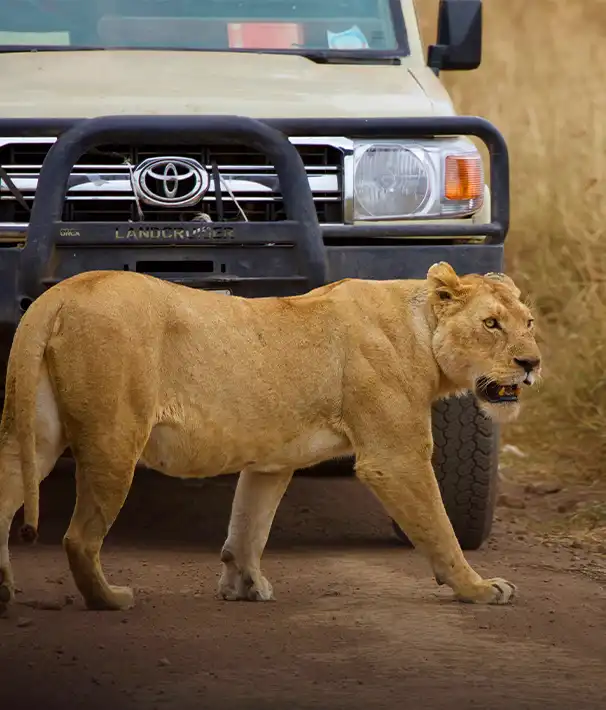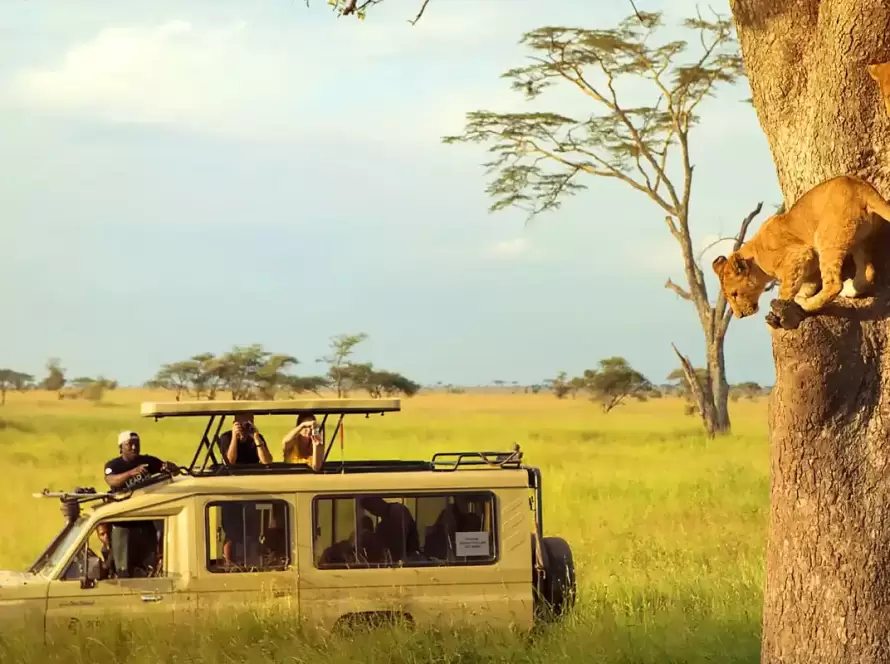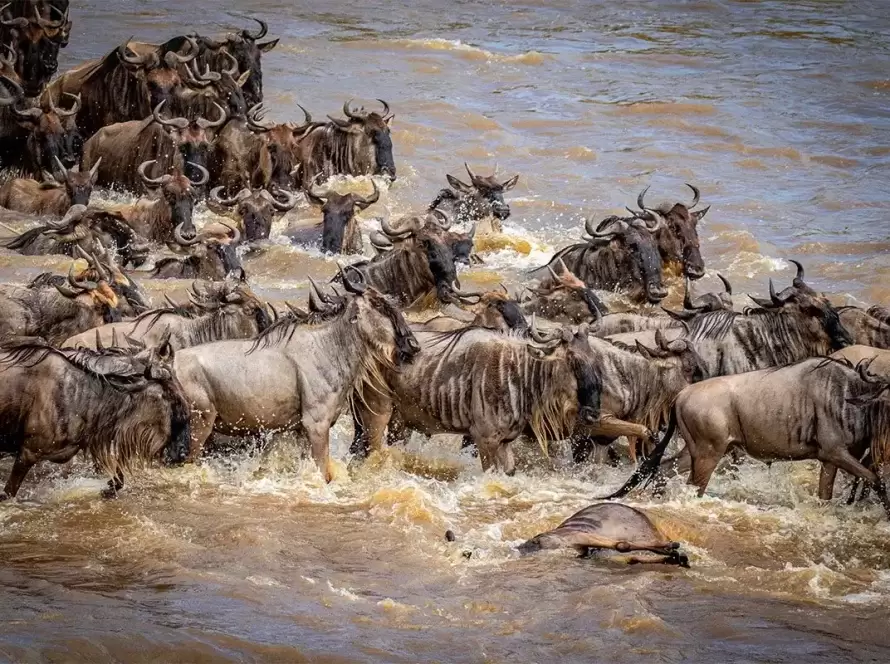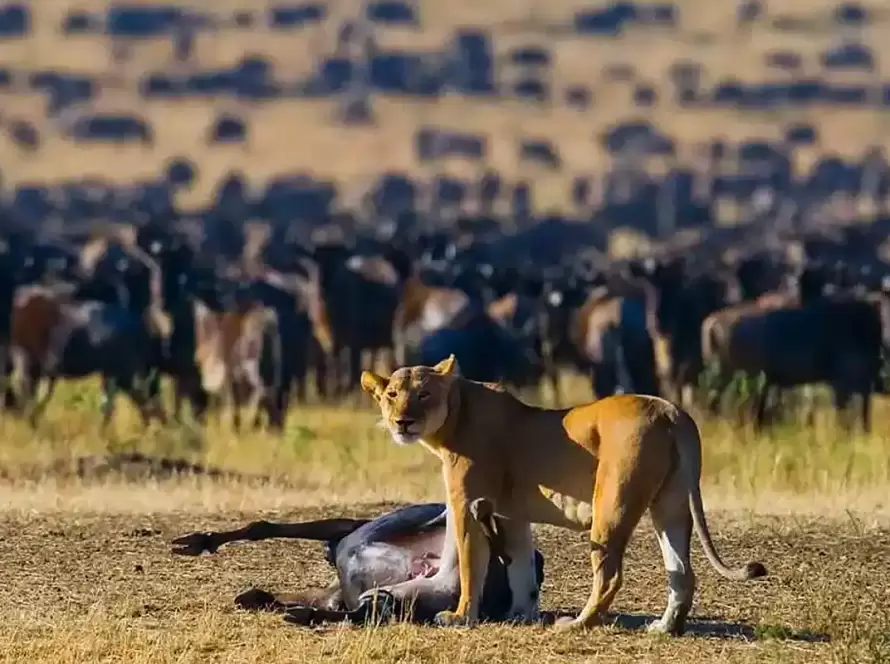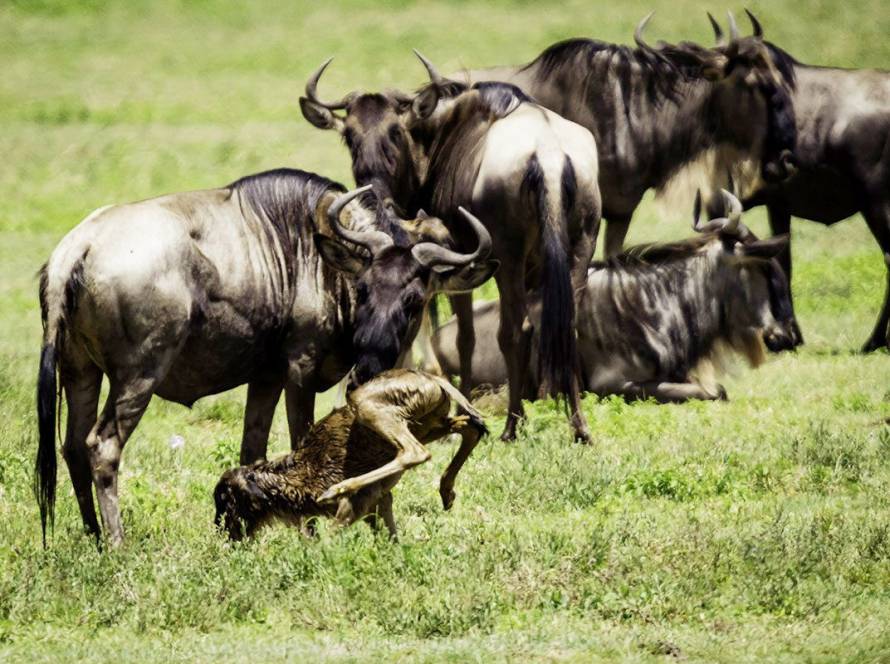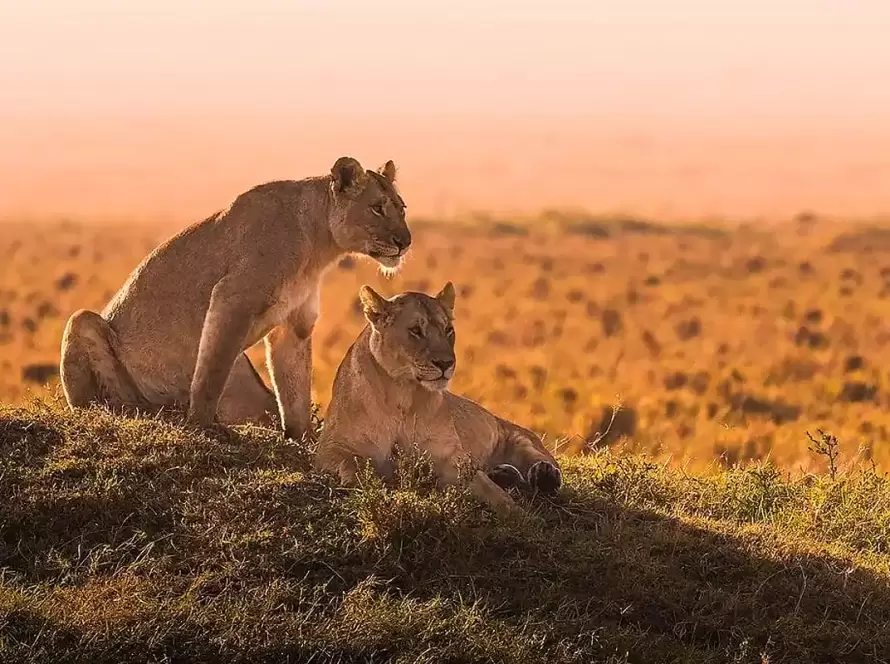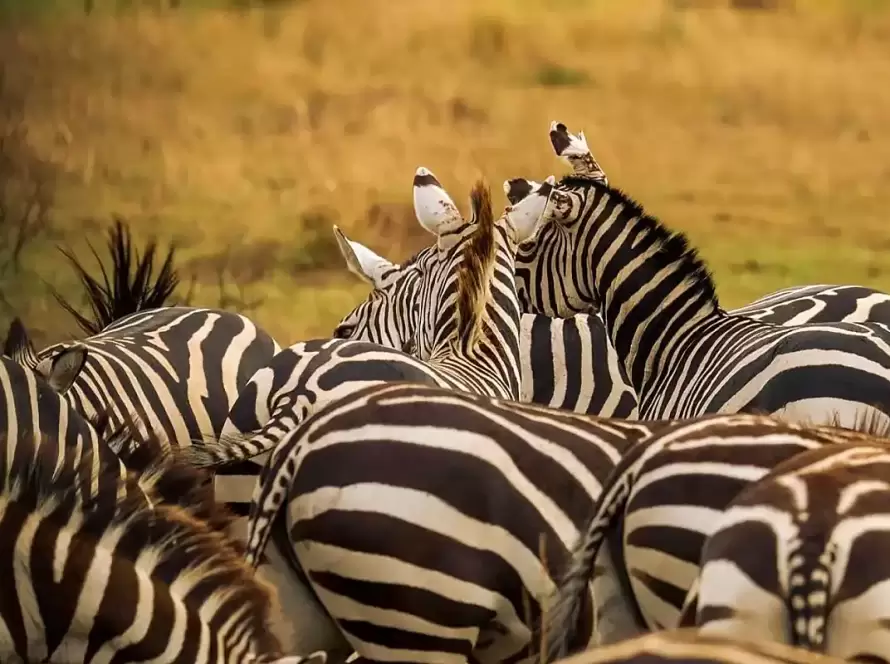Ngorongoro Crater
Ngorongoro Crater: Exploring the Heart of Africa’s Lost World
Nestled in Tanzania’s northern safari circuit, Ngorongoro Crater is a marvel of both nature and time. Formed millions of years ago by a massive volcanic eruption, the crater is now a lush paradise hosting one of the densest populations of wildlife on Earth. Travelers come here not just for the game viewing, but for the jaw-dropping scenery and the sense of stepping into an ancient, untouched world.
Whether you are a safari newbie or a seasoned traveler, a trip to Ngorongoro offers experiences that feel straight out of a nature documentary.
What Makes Ngorongoro Crater Unique
Ngorongoro Crater is often called “Africa’s Garden of Eden,” and once you set eyes on its sweeping landscapes, it’s easy to see why. Here’s what sets it apart:
Largest inactive and intact volcanic caldera in the world.
Home to around 25,000 large animals at any given time.
A UNESCO World Heritage Site recognized for both natural beauty and cultural significance.
One of the best places to spot the endangered black rhinoceros.
Hosts the semi-nomadic Maasai people who live alongside wildlife.
The combination of geology, wildlife, and culture in one spot is incredibly rare, making it a must-visit for anyone heading to Tanzania.
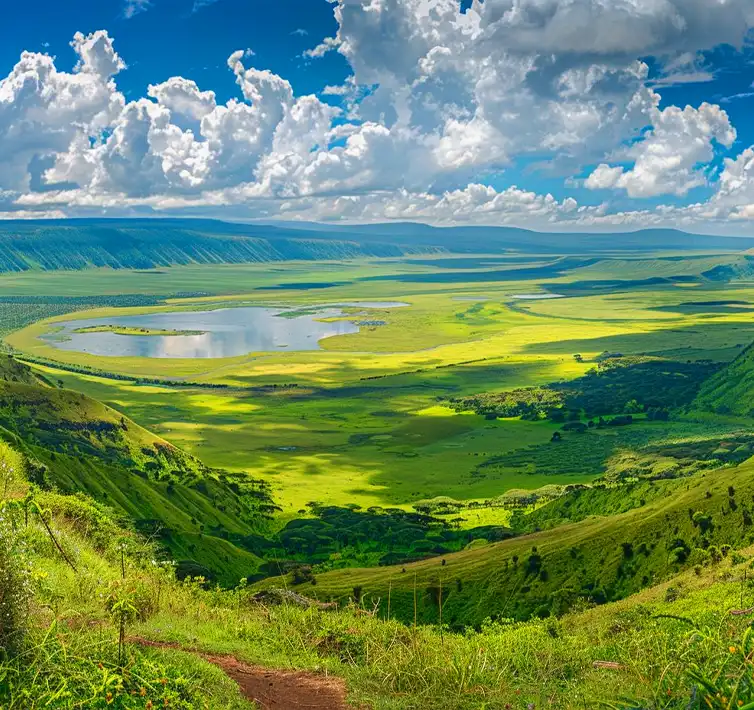
Best Time to Visit Ngorongoro Crater
While the Crater is a year-round destination, your experience can vary depending on the season. Here’s a quick breakdown:
| Season | Features | Travel Tips |
|---|---|---|
| Dry Season (June to October) | Best for clear wildlife viewing, cooler temperatures | Very popular, book early |
| Short Rains (November to December) | Green landscapes, fewer crowds | Great photography opportunities |
| Wet Season (March to May) | Lush scenery, baby animals | Some lodges offer discounts |
Many visitors combine a Crater visit with a Serengeti trip, timing it around the Great Migration.
Safari Experience in Ngorongoro
A safari in the Crater feels a little different than in other parks. Here’s what you should know:
Game drives are generally limited to the crater floor, which takes about 6 to 8 hours to explore fully.
Because animals rarely leave the Crater, sightings are incredibly reliable.
Self-drive safaris are allowed, but many visitors prefer guided tours to fully appreciate the ecosystem.
Since it is a conservation area and not just a park, human activities like cattle grazing by the Maasai are permitted, offering a unique glimpse into traditional lifestyles.
How to Get to Ngorongoro Crater
Accessing the Crater is relatively straightforward, especially if you’re already on a northern Tanzania safari. Here’s the usual route:
Fly into Kilimanjaro International Airport or Arusha Airport.
Drive from Arusha, which takes about 3 to 4 hours.
Many safari packages include transport and a stop at the Crater en route to or from the Serengeti or Lake Manyara.
While there is an option for charter flights to nearby airstrips, most travelers reach it by road to soak in the beautiful scenery along the way.
